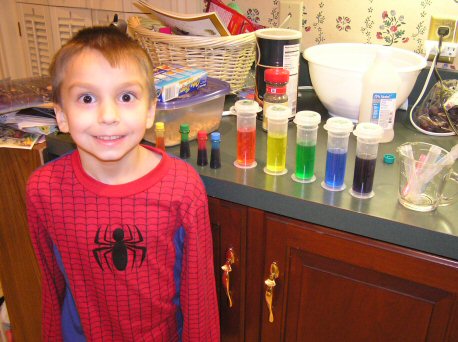In his recent must-read post, “The Dog Days of Social Media,” Drew Neisser reminds us that just because Facebook has lost some fans, and Forrester “recommends a cautious approach to Foursquare,” we shouldn’t panic and jump off the social media ship.
I agree wholeheartedly with Drew and appreciate his addressing such a timely topic. “Dog Days,” my ass! We are only scratching the surface here of social media potential! And even if your audience does abandon a platform “en masse”… so what? Scalable social platforms are not going away, migrations will happen — they always do eventually — but if it is not Facebook or Twitter it will be somewhere else you can still reach out, engage your audience, and interact with them.
So we need to keep in mind that, going forward, long-term brand success will not be dependent on a specific social media tool; it will be relative to the depth and breadth of the relationships built using the tool. Building relationships and interacting with consumers is where the commerce of the future is heading. Yes, real relationships = brand interest & loyalty = success (money). In fact, at OpenSky, we believe so strongly in the power of relationships as commerce that we have built an entire platform and business model around it.
Remember, though, that social media is a facilitator of relationships, but it is not the relationship itself. Use whatever combination of ways to interact works best for you and your brand. In other words, experiment! Use Facebook, Twitter, blog posts, and YouTube (don’t forget YouTube!), and use them each in several different ways. Notice what tactics engage your audience so much that they interact not only with you/your brand but with other people loyal to your brand. That’s where the magic happens!
Once you find what works for your audience, drive a truck through that opening. It’s not enough to drive that truck through and keep on going. You need to park that truck, and get out to interact with your audience. “Listen” to your market and you will be able to relate to and engage your customers, evolving with them as they evolve and change. Remember… relationships are never static, so your brand must be able to move along with the relationship or be left behind.
Bottom line: the more responsive you are to your audience, the more responsive they will be to you. Don’t wait for them to make the first move.
Ted Rubin
